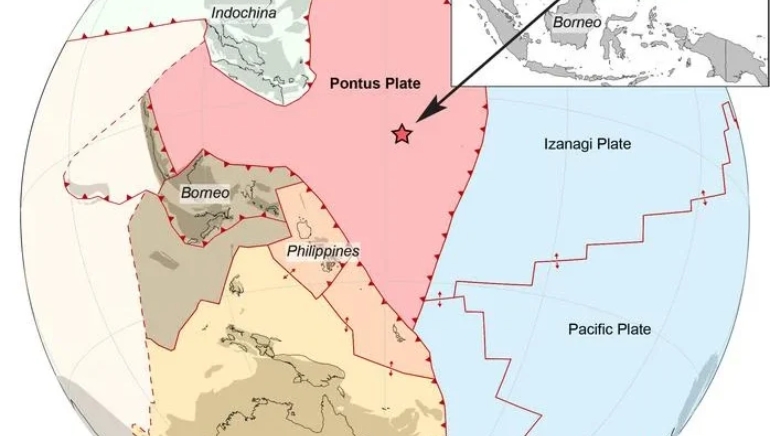Geologists discovered a long-lost tectonic plate in Borneo, providing new insights into Earth’s ancient geological history. According to a study led by Utrecht University geologist Suzanna van de Lagemaat and her supervisor Douwe van Hinsbergen, the plate, dubbed Pontus, dates back an incredible 120 million years. Using geological data from Borneo’s mountainous regions, they discovered ancient tectonic activities that sculpted the Earth’s crust millions of years ago.
Initially, Van de Lagemaat thought she was looking for traces of a known lost plate. However, magnetic analysis in their lab revealed that the rocks came from a considerably further northern position, implying that they belonged to a previously unknown plate. This ground-breaking discovery marks a new chapter in our understanding of the Earth’s tectonic plate history.
Further investigation revealed that the Pontus plate was originally beneath an ancient ocean that separated Eurasia and Australia during Pangaea’s breakup. The Pontus plate, roughly a quarter the size of the Pacific Ocean, was absorbed by larger neighbouring plates over time, eventually forming part of the tectonic plates that sustain modern-day Borneo and the Philippines.
The discovery underscores Borneo’s geological significance while also providing intriguing chances to investigate Earth’s tectonic evolution and other possible missing plates. This discovery may lead to additional research into how past tectonic forces shaped the continents we see today.















